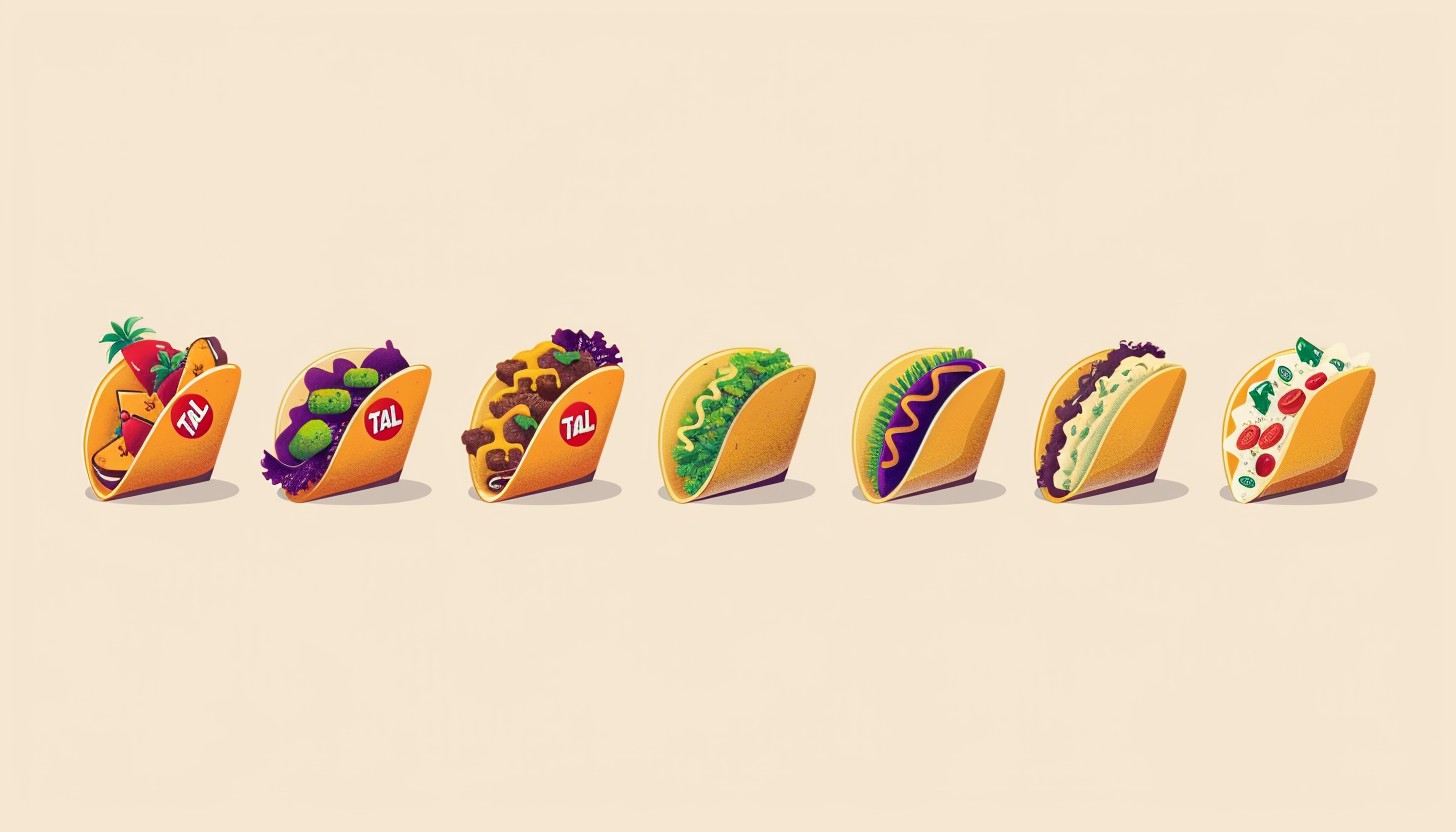Taco Bell is a highly recognized fast food brand around the world. It is renowned for tasty tacos, burritos, and iconic branding. A big part of its identity expressed in its logo. Taco Bell rebranded multiple times to keep it up with the latest trends and the liking of new consumers. A logo is important to a brand. It puts the customer’s attention on the business and leaves a lasting impression. Below is a detailed summary of Taco Bell logo evolution, its development, and the lessons we learn from its branding history.
Part 1: History of Taco Bell Company
In 2016, Taco Bell opened its flagship Cantina store in Las Vegas. Serve food and alcohol and enjoy music. Open 24 hours a day. There are other types of this.
The foundation of the octopus
Glenn Bell came up with the Taco Bell concept because it inspired in the neighborhood. Living in San Bernardino, Glenn sold classic American food such as hot dogs and burgers at the fast food stall Bells Drive-In at the time. After hot dogs and burgers, he saw his neighbors in the county selling traditional Mexican tacos.
Early Days of Taco Bell
Before opening the Taco Bell, Glenn was operating at another fast food store, the Octopus Tier. Ready to present crispy tacos to the California community, Glenn wanted a new place to establish a new identity. He opened this new spot in Downey, California and named it Taco Bell in honor of his last name. Shortly after the opening of the first Taco bell, Glenn was already thinking about franchising.
Publicity of Taco Bell
If a company like Taco Bell has achieved rapid growth, it is reasonable to publish shares as soon as possible. In the case of Taco Bell, that was 1970. Taco Bell officially switched to a public company in 1970 and entered the market with 325 stores. In the late 1970s, Glenn began to consider partnerships to further grow the brand. In 1978, Glenn formally partnered with PepsiCo and agreed to sell only PepsiCo products at his restaurants.
Expansion to Overseas
Taco Bell has made international expansion to the Australian market a little earlier. When entered Sydney in 1981, sued for being similar in name to the Tacos store in Sydney. Taco Bell forced to withdraw from the market and did not return until 2017. It was the first time in the last decade that Taco Bell had a new menu loved by many consumers. Taco salad and Taco Bell Grande joined the menu in 1984.
Business Model
At the start of the decade, Taco Bell set a new value price on the menu, with some menus priced between 59 and 99 cents. The following year, Taco Bell launched a new Taco Bell business model, Taco Bell Express. The Taco Bell still focused on fast food, but the Taco Bell Express focused on providing food to people on the go even more quickly. Taco Bell also sought various partnerships and initiatives to enhance brand promotion to further grow its business.
Expansion to Its Reach
At the end of the 1990s, Goldita Tacos added to the menu and quickly became a regular menu. This led Taco Bell to continue adding new tacos menus. In 2005, Taco Bell added the iconic crunchy wrap supreme to the menu, which is still a classic menu. In addition to adding tacos, Taco Bell also added Mountain Dew Baja Blast, a limited-edition flavor that can only be tasted at Taco Bell.
Signs of No Stopping
In its history, Taco Bell has continued to respond to what consumers seek – the playfulness of Mexican American tacos. In recent years, many products such as Doritos Rocos Tacos, Kesalpa, Nacho fries sent to the world. At this time, Taco Bell was important to continue to succeed in responding to the changing technological environment and not delay. Taco Bell realized this by launching a new website and introducing mobile orders and payments.
Part 2: Meaning and History Taco Bell logo
The fast food chain, famous for its Mexican cuisine, founded in 1962 and has never changed its name, but the image of Bell adopted as the official logo in 1985. The emblem we see now was first introduced in 1992 and has been modernized slightly to date.
1962 – 1972
The logo, created in 1972 for the Taco bell, consists of eight colorful logos squares with white sans serif letters on each square. The color tone of the emblem consists of wine red, green, yellow, orange, etc., reflecting the passion, energy and various ingredients that this restaurant chain can provide to its customers. This badge has been with the brand for 10 years.
1972 – 1985
The 1972 design change brought a completely new style to Taco Bell’s visual identity. The logo, published this year and used by the brand for more than 10 years, boasts sophisticated monochrome letters written in capital letters, all of which are custom typefaces characterized by elongated thick lines, diagonal cuts, and small but sharp lines of color.
1985 – 1994
In 1985, Bell’s emblem appeared on the logo. It expressed in a color palette of red, yellow and green and placed on a bold black character. This character is written in a fancy custom typeface with the first character of the word mark drawing a narrow rail, and the lines of the letters cut diagonally sharply. This version of the taco bell logo was used by the company for almost 10 years, along with a secondary version created in 1992.
1992 – 1994
The sub-emblem was designed for Taco Bell logo in 1992 and featured different colors, but later became official. The enlarged pink bell is placed on a purple background and consists of solid arched shapes with several white lines. The word mark is the same typeface as the primary version, colored purple and placed in two steps under the emblem.
1994 – 2016
In the 1994 redesign, the outline of the old version was refined and the color palette became a bright and strong shade of pink and purple. The typeface of the word mark changed, and the uppercase inscription written in a bold sans-serif with a diagonally cut end. This badge remained intact for more than 20 years.
2016 – Today
In 2016, the taco bell logo of Taxi a bell redesigned again, the color palette simplified to purple, white and black, the entire bell placed on a purple background, and the traditional outline laid on a strict black nameplate unified with a bold yet neat sans serif typeface.
Part 3: Components of the Taco Bell Logo
In Taco Bell long history, these three features repeated in almost all versions.
1. Bell
The taco bell logo icon of the restaurant logo, used as a tribute to the founder, has been around for decades. Initially it was placed straight, up, down and on the word mark, but now it is very easy to understand because the bell appears to be mid-swinging in the latest and current versions of the logo.
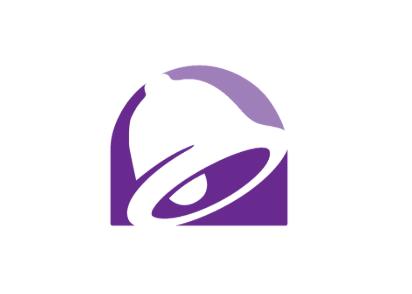
2. Stacked appearance
Since the icon added to the logo, the icon is always located directly above the word mark. In addition, the word mark itself has been updated, so that two lines overlap one by one. This stacked rectangle-like shape creates a sense of unity throughout the logo.
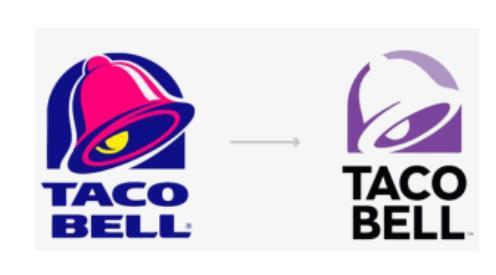
3. Thick font
Taco Bell logo design has always used thick fonts, especially when the word mark was the entire logo. The old Taco Bell logo font resembled Macbeth. The new Taco Bell logo fonts looks like Helvetica. The selection of the font gave the design a smart and neat feel.
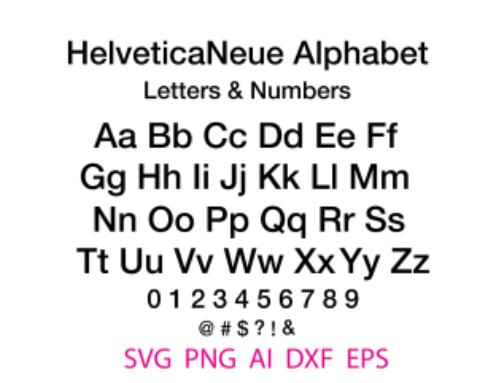
4. Selected Colors
The most frequently used logo colors are purple, pink, white and black. These colors stood out unlike other fast food chains. If you were driving a car and saw a purple emblem, you would know that it was Taco Bell’s.
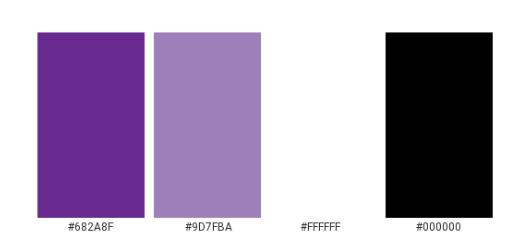
Part 4: Future Directions for Taco Bell’s Logo
Taco Bell logo has remained to keep up with evolving trends in design and branding. Over time, every evolution of the logo helped the brand keep up and attract consumers. With advancements in technology and evolving consumer demands, future updates will introduce possibly intriguing developments. Most brands today tend towards simplicity, adaptability, and digital optimization. Taco Bell will, in all likelihood, keep fine-tuning its logo to keep up with modern-day branding.
Trends of Modern Logo Design
Modern-day logos are going simpler and are more adaptable. Most brands today are gravitating towards minimalist simple designs that effectively function in media. Flat design and one-color schemes continue to be the future wave in branding. Brands also pay special attention to making logos readable on cell phones, social media, and web advertisements. Taco Bell in the coming days may still upgrade its logo to keep it simple and efficient in various ways.
Possible Upgrades to the Taco Bell Logo
As Taco Bell grows internationally, its logo updated once again to serve various markets. The corporation may try slight shades of color change or changing logos depending on promotional offers or geographic influences. It is also an option to implement an adaptive logo that responds in accordance with online interaction, including interactive features. The bell sign will likely not change, but minor shape and typography adjustments may be included in order to comply with today’s trends.
Transformation to Future Logos
Logo design slowly but surely being influenced by artificial intelligence. Artificial intelligence tools can be trained to understand market trends, consumer data, and graphic design sensibilities in order to create logos that are optimized. Taco Bell can utilize AI-driven designing software in order to experiment with new logos for its company and receive real-time feedback. The future logo design will be more data-informed and responsive to immediate brand requirements in real-time.
Part 5: Lessons from Taco Bell’s Logo Changes
Taco Bell’s evolution of logos over the years is an excellent lesson in brand management. The corporation has managed to implement a fresh new look without compromising on essentials that customers know and love. All the changes made thoughtfully due to business expansion and changes in market trends. In this section, what Taco Bell learned from managing its brand and how mindful logo evolution can make a brand stronger examined.
Balancing Tradition and Modernization
Taco Bell has been able to change its logo without removing fundamental aspects. The bell symbol has still been a central part of the logo, so customers still identify with it. Fonts and colors have shifted from time to time to suit current tastes, but the logo never lost its sense of identity. This is what maintains the brand as new but familiar to consumers. It shows that brands do not have to lose their identity when they change.
Strategic Rebranding of the Logo
Every redesign of the logo carried out at a time of business expansion or reconfiguring at Taco Bell. The redesigns were not merely for cosmetic reasons; they were strategic steps to appeal to new consumers. Whether introducing vibrant colors to be noticed or streamlining the design for better use on the web, every change had a reason behind it. This method identifies how businesses utilize logo redesigns as a means of symbolizing growth and keeping themselves trendy in the market.
Part 6: How Arvin AI Can Help with Logo Design
A good logo is an essential aspect of any company, and Arvin AI provides a revolutionary solution for it. With the use of AI-technology, companies can create logos that are up-to-date, flexible, and symbolic of the company. Arvin AI consists of premium customizable options, and customers permitted to alter color, font, and symbols. This makes sure that companies are given a logo that not only looks amazing but also scalable for expansion in the future.
Key Features of Arvin AI
- AI-Suggested Logo Design: Arvin AI employs sophisticated AI technology to come up with logo concepts based on brand preferences.
- Customization Options: Users can customize colors, fonts, and symbols to make sure that the logo reflects their brand.
- User Interface: The application is easy to operate, and everyone can avail themselves of professional logo design.
- Scalability and Flexibility: Arvin AI-created logos are print- and digital-compatible, hence conveniently employable everywhere.
- Brand Uniformity: AI ensures logos compatible with the company overall brand plan for a unified look.
Steps to Create a Logo Using Arvin AI
Step 1: Visit the Arvin AI Website
Go to the Arvin AI logo maker page using your web browser to start designing your logo.
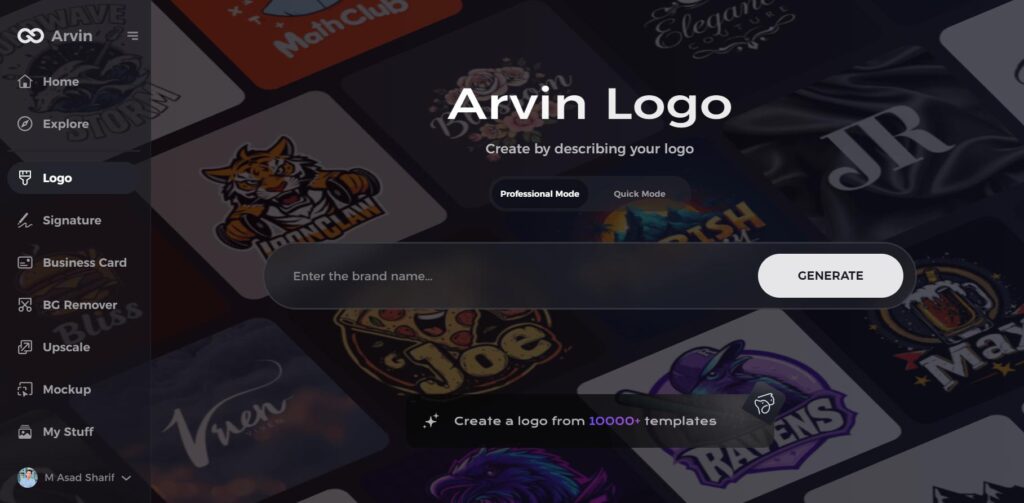
Step 2: Enter Your Business Details
Provide key information like your business name and category. This helps the AI generate designs tailored to your brand.
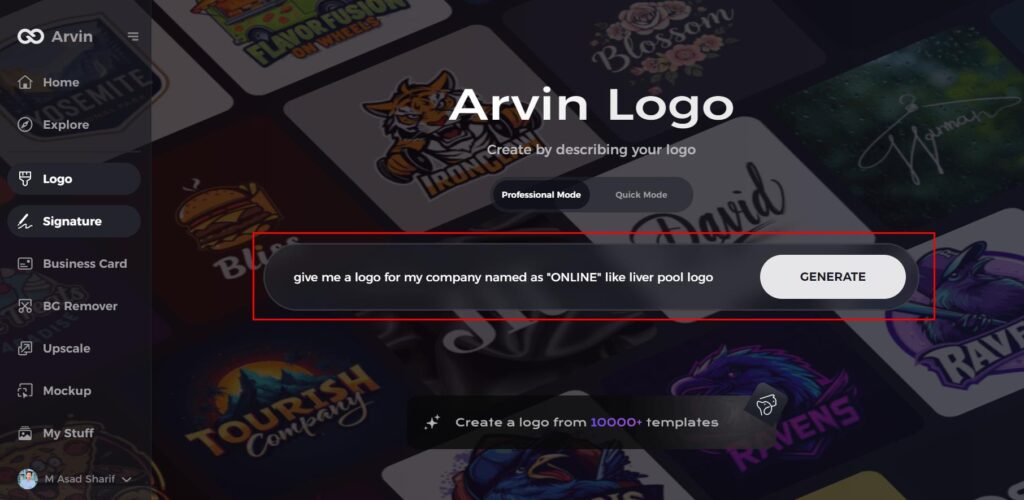
Step 3: Choose Your Industry
Select an industry from the given options. This helps the AI refine the logo styles to match your business type.
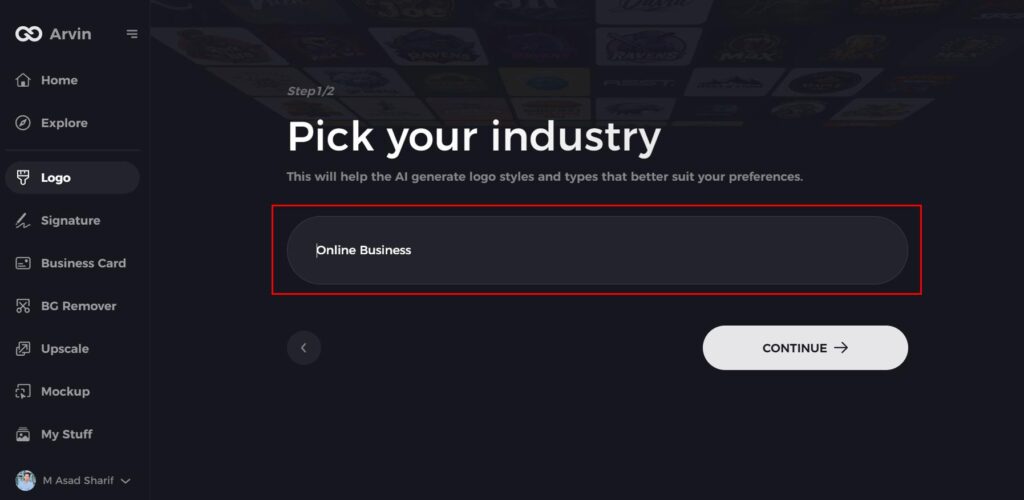
Step 4: Select a Style
Browse through the available styles and pick one that fits your brand’s vision. If you’re unsure, skip this step, and the AI will choose a default style.
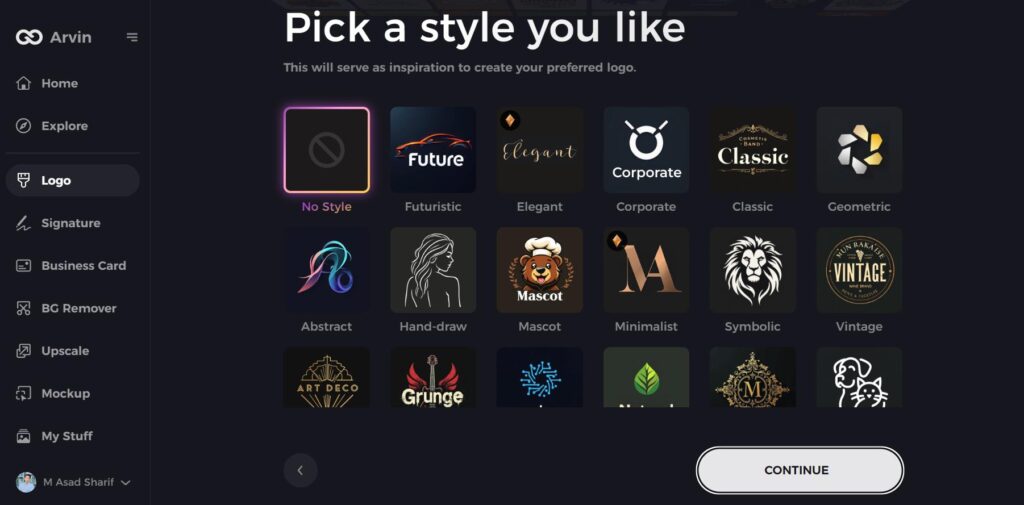
Step 5: Explore Logo Ideas
Arvin AI will generate multiple logo concepts based on your inputs. Review the options and choose the ones that best represent your brand.
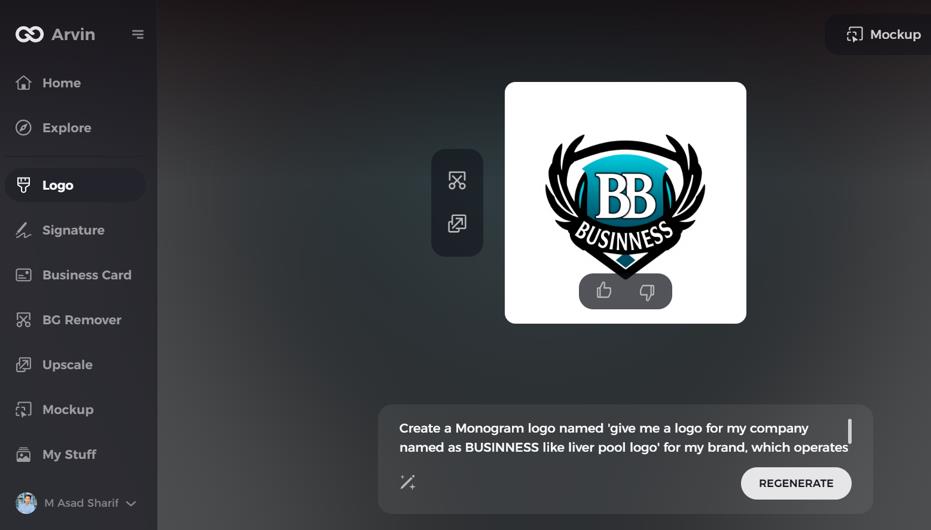
Step 6: Customize Your Logo
Adjust colors, fonts, icons, and layout to match your brand identity. Make changes until you’re satisfied with the design.
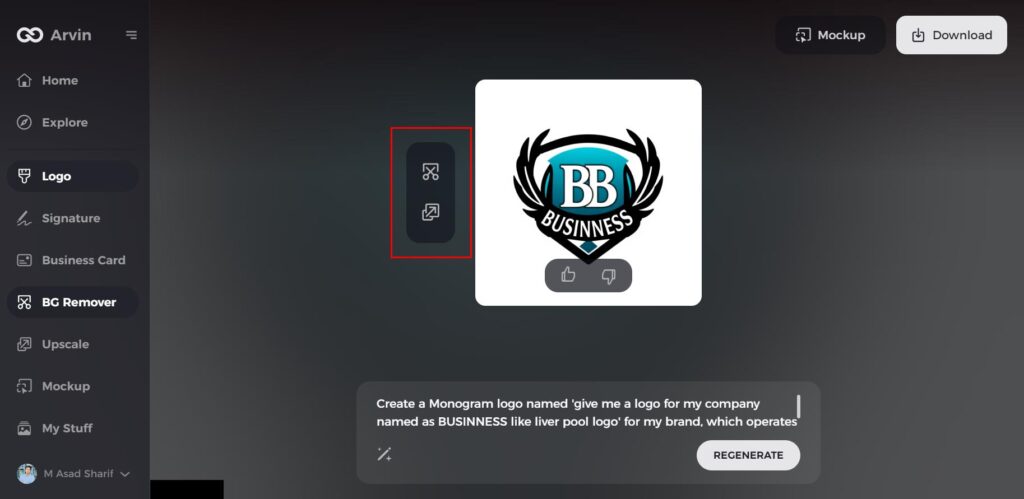
Step 7: Download Your Logo
Once finalized, download your logo in PNG or SVG format for use on websites, social media, and printed materials.
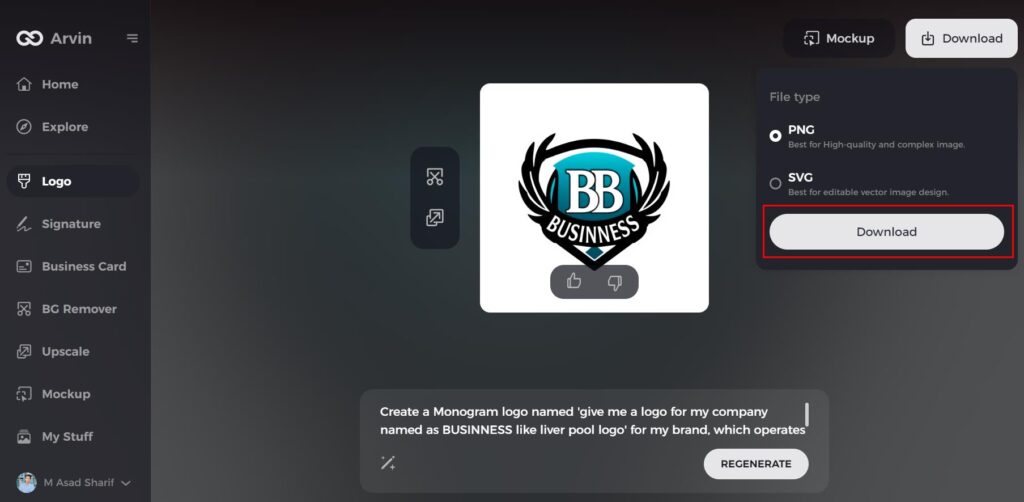
Conclusion
The Taco Bell logo changed over the years by representing various phases of business. Each new design done with caution to reserve brand identity and match trends. The bell symbol remained a point of focus that kept the logo identified globally. Businesses can acquire a few lessons from Taco Bell’s logo revival. A logo should be clean, memorable, and versatile across different platforms. A logo is also a symbol of the company vision and objective. With today’s technology, like Arvin AI, businesses can now design logos that are eye-catching, practical, and powerful.
FAQs
Why has Taco Bell changed its logo so many times?
Taco Bell refreshed its logo to remain in sync with then-current design trends and reach out to changing consumer habits.
What is the meaning of the Taco Bell logo?
The bell symbol named after and synonymous for the brand name of Taco Bell.
What was the biggest change in Taco Bell’s logo history?
The greatest change was when they streamlined it in 2016 for a fresher, more digitally literate appearance.
How can businesses create effective logos like Taco Bell?
The artificial intelligence-powered tools such as Arvin AI with which companies can design logos that are appealing as well as flexible to meet different branding requirements.

